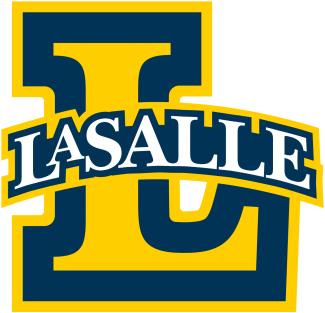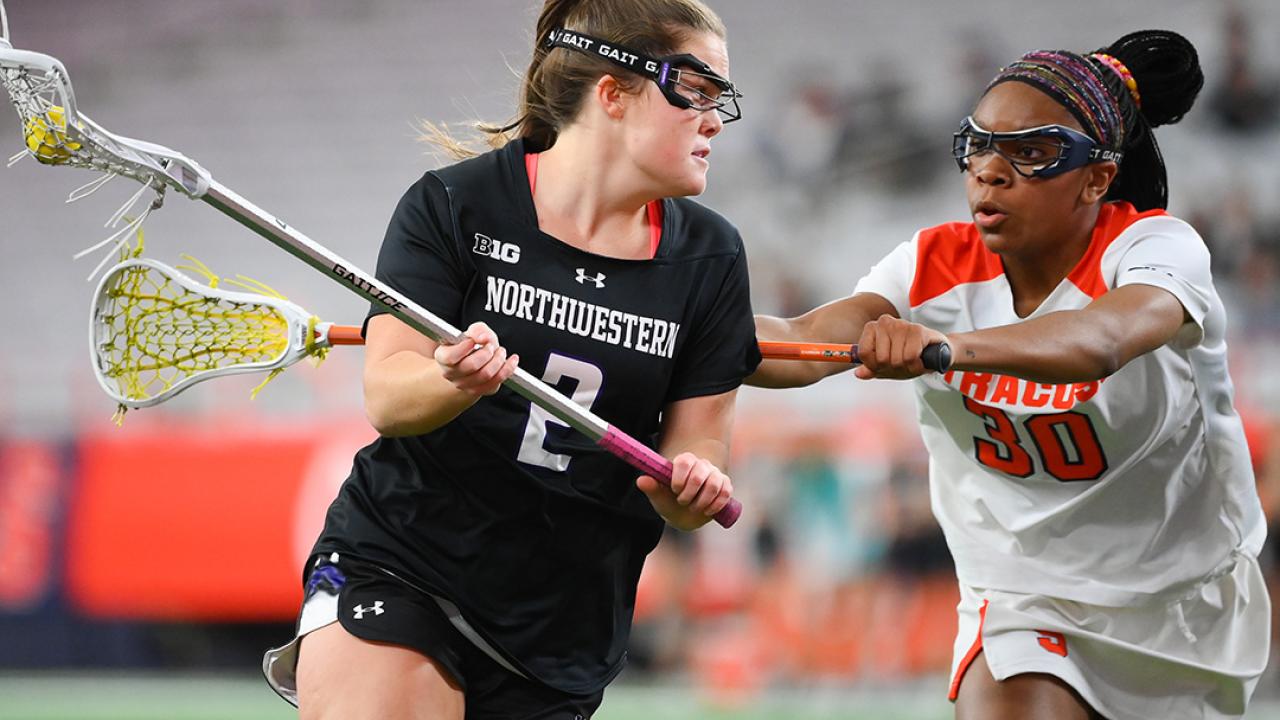Pile up the wins and get rewarded.
That was the simple message from the NCAA Selection Committee after it revealed the 29-team field for the Division I Women’s Lacrosse Championship.
This held true for teams that were seeded, as well as those that were the final at-large teams included in the field.
“I think there is a very clear process to evaluating teams all year long,” said Bonnie Rosen, Temple head coach and NCAA committee chair. “Every week, things were looked at with fresh eyes, right up until this morning and this afternoon. We try not to take a subjective view of teams.”
That process included the obvious of seeing RPI and strength of schedules, but when it came down to the minute details, the amount of significant wins ruled the day.
This was was most apparent when deciding the top five seeds — Northwestern, Syracuse, Boston College, North Carolina and Denver. Rosen cited wins against RPI top 10 and RPI top 20 teams as differentiating factors.
That trend didn’t apply to the bottom of the seeds, as James Madison had more top-20 wins (five) than Florida (four), yet the Gators were seeded 6th and the Dukes 7th. The same holds true for Loyola at No. 8, but we’ll cover that later.
THE DENVER CONUNDRUM
The Denver Pioneers went 19-0. They went out and beat Boston College and Maryland. What else are they supposed to do?
“It’s one of the more interesting conversations,” Rosen said. “[Denver] has had a spectacular regular season; it’s really impressive to go 19-0. On face value, when we sat down with the numbers, UNC’s number of wins against the top 10 group of teams was just more significant.”
When comparing the top five teams, one particular thing stood out: UNC, BC, Syracuse and Northwestern all boasted a SOS of 5 or better, while Denver was 19th.
“It’s hard to compare them,” Rosen said. “[Teams] can’t control their full schedule. The resume of SOS wins was what weighed heavier than the win-loss record. We go with the formula that we have in front of us and have to make the calls.”
In the end, North Carolina getting a win over Syracuse in the ACC tournament, its fourth against fellow seeded teams, is likely what tipped the Tar Heels past the Pioneers.
SEEDING QUIBBLES
It may not seem like a huge deal who is a 6 or a 7 seed, but the committee elected to swap James Madison and Florida in this regard. Their profiles were so similar that the committee went into the secondary criteria of late-season performance and non-conference RPI.
“It was a tough call along the way,” said Rosen, whose Temple team faced both JMU and Florida in conference play. “We felt like we were being consistent with how we looked at it … in the end, it was a little bit RPI shift, a little bit conference championship.”
As for the No. 8 seed, Loyola was a mild surprise. The Greyhounds were 8th in the RPI, trailed closely by Maryland in 9th, but lacked the same quality wins that the Terrapins had. In this case, the committee deviated slightly from its significant wins formula for the first seven seeds and looked at a different criterion: losses.
Maryland held a win over seeded Florida, a team that Loyola lost against. Nevertheless, a team that Loyola beat that Maryland lost to, Penn State, is what gave the Greyhounds the nod. This in spite of Maryland having five top 20 wins, including one over a top 10 team, to Loyola’s four, none of which were against top 10 competition.
“Honestly, there was a lot of discussion around this especially because of the hosting piece,” Rosen said. “It came down to, while there were no bad losses, Loyola had no losses out of the top 10, while Maryland had a loss out of the top 20 (Penn State), and the late season run that Loyola had.”
EASY BUBBLE DECISIONS
It appeared as Sunday night came about that the only question on the bubble was for the 14th and final at-large spot. In the end, the committee gave the nod to Penn State on the strength of the aforementioned win against Maryland. The Nittany Lions now hold the distinction as having the highest RPI for an at-large team at 32. The committee applied the same set of criteria to the bubble discussion as the seeded teams.
“We really made sure to look at the bracket and make sure we were evaluating not just the RPI, but strong wins,” Rosen said. “We were comparing them to other teams that might be ahead in RPI, ultimately a lot of decisions came down to lacking in top 20 wins or having significant losses.”



























































